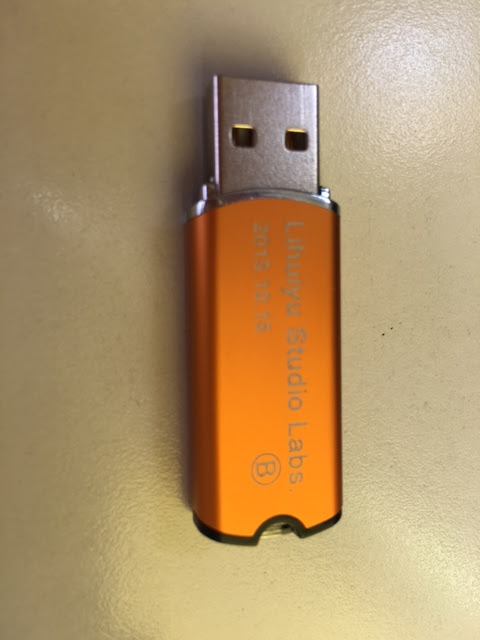

LASERDRW TURN OFF BORDER SERIAL
249 planner buffer and 8192 serial buffer. Just yesterday I pushed a lineart logo at an impressive 30000mm per minute, Which is pushing the gantry and steppers to the limit.Īs for the buffers, GRBL is pretty small, but that's a hardware limit. Now come GRBL-LPC which runs on smoothieboards is absolutely by far the fastest I have come across. Smoothieboards do not have such a low limit, but for some reason it processes gcode slower than GRBL. Way over the limits of the GRBL Arduino solution which at 80 steps per mm, limits at about F22000. The Maximum feedrate of this machine is 30000mm per minute (F30000).
LASERDRW TURN OFF BORDER SOFTWARE
Very cheap, very powerful with an optical output of 40W, but terrible software and controller. trimming whitespaces, joining subsequential pixels of the same colour) but it will never be efficient just because the G-Code is not made to transfer/encode raster I understand that DIY hobby is the focus of many of these CNC projects, but you may have heard of the China made K40 laser cutters. LaserGRBL could optimize a little the generated G-Code (i.e. An efficient system requires a protocol that transfers the image as a bytes sequence, and a hardware card that can print images natively. These are not Limits of LaserGRBL but are intrinsic to the use of G-Code/grbl. This data stream is able to quickly saturate the communication line and grbl buffer (which is only 127 bytes)
LASERDRW TURN OFF BORDER CODE
I.e To send four pixels 200-212-212-209 (4 bytes) with a 10lines/mm resolution (0.1mm step) this code is generated: "S200 X0.1 newline S212 X0.2 newline S209 X0.1" These are a total of 33 bytes. As much as code generation can be optimized, it always requires S(POWER) X(DISTANCE) commands to be sent. Sending a bitmap/raster image in G-Code syntax (which is designed for vector instructions) is a terrible waste of bytes. Second reasone is the speed of communication in relation to the G-Code data stream. grbl/grbl#41 (this is not the bottleneck in your case) With your $100=126 this is equivalent to 30000/126 = 238mm/s = 14'285mm/min so this is not the limit.

However, as already mentioned, there are speed limits due to some reasons.įirst reason is arduino's working frequency and grbl code speed that fix a limit of about 30kHz as step frequency. Faster and powerfull hardware usually have a dedicated software optimized for controller board. In developing LaserGRBL I always had in mind hobby use of hardware with limited power and speed, specially DIY engraver up to 10W laser diode. Hi and thanks for your precious comments and computation I Greyscale engrave at 10 pixels per mm, so that's 100mm per second or 6000mm per minute. So there we have about 1000 lines per second. I am experimenting with gcode where 1 pixel looks like 'X12.4S465' which is only 11 characters per line.

With your resolution set to 20 pixels per millimeter, your have 500 / 20 = 25mm per second, or 1500mm per minute. With each line being 1 pixel, you have 500 pixels per second. Add 2 for a carriage return and you have 23. Your screenshot shows lines line 'G1 X0 Y0.05 F40000 S0' which is 21 characters. So from the you need to look at the gcode file and estimate how many characters per line there are. Because of the ping pong mature of GRBL, lets just say 10000. So on an Arduino Uno running a 328, you have a maximum serial bandwidth of 115200 (By default, can be recompiled with a higher settings) that give you 12800 characters per second. I have also found for what ever reason, GRBL-LPC receives data much faster than the 115200 baud selected. If speed is keep, GRBL-LPC is the way to go. Even Marlin on a Mega2560 and it's base64 method seems to run out of processing power at around feed rates of 7000. On the Arduino Mega, with it's larger buffers seems to be a little better, but GRBL-LPC just kicks everything else out of the park. GRBL on the Arduino with a 328 just runs out of steam with.


 0 kommentar(er)
0 kommentar(er)
